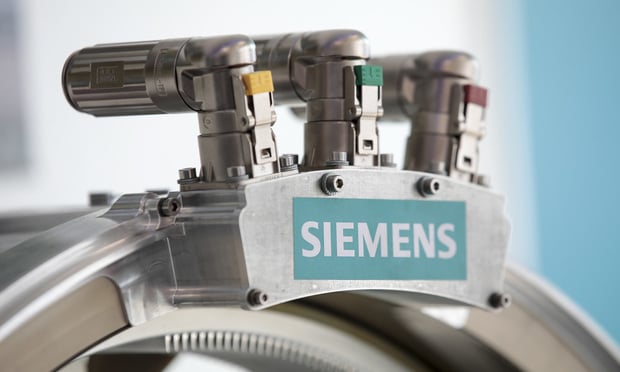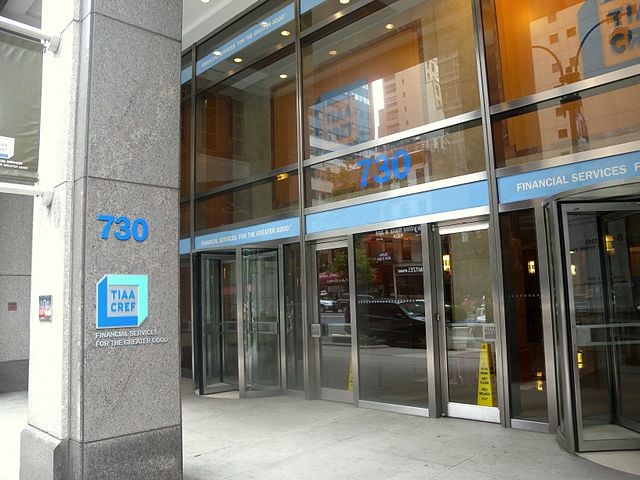(Bloomberg) -- With many of the largest U.S. college endowments at record values, two congressional committees that determine tax policy jointly opened an inquiry about how the wealthiest schools manage and spend those funds.
The Republican leadership of the Senate Finance Committee and the House Ways and Means Committee sent letters late Monday by email to 56 private schools with assets of more than $1 billion, citing their “numerous tax preferences,” and adding weight to the federal scrutiny of college endowments.
Congress is evaluating the value of federal policies that permit tax-free investment earnings for schools and tax deductions for donors.
Continue Reading for Free
Register and gain access to:
- Breaking benefits news and analysis, on-site and via our newsletters and custom alerts
- Educational webcasts, white papers, and ebooks from industry thought leaders
- Critical converage of the property casualty insurance and financial advisory markets on our other ALM sites, PropertyCasualty360 and ThinkAdvisor
Already have an account? Sign In Now
© 2024 ALM Global, LLC, All Rights Reserved. Request academic re-use from www.copyright.com. All other uses, submit a request to [email protected]. For more information visit Asset & Logo Licensing.








